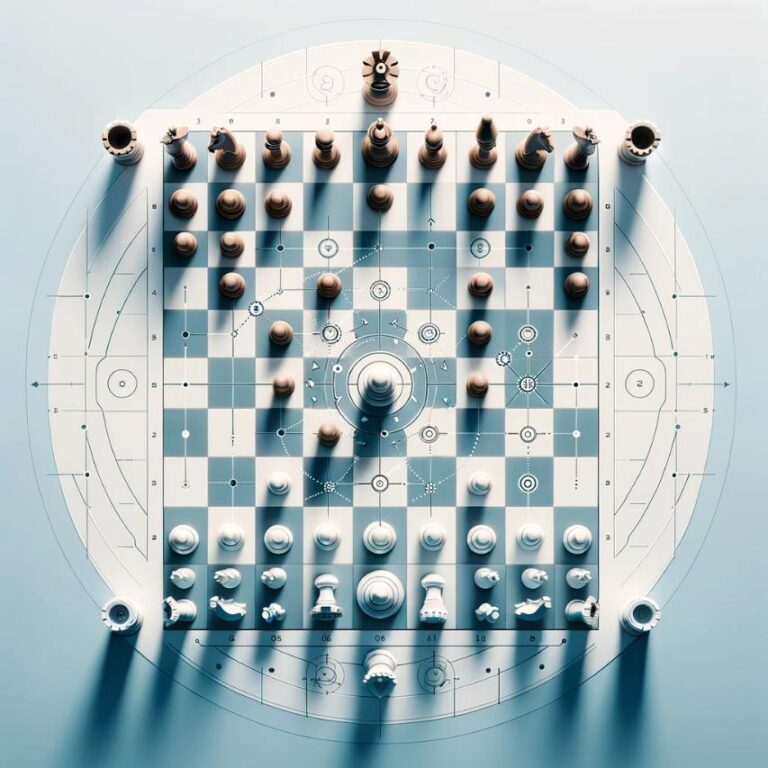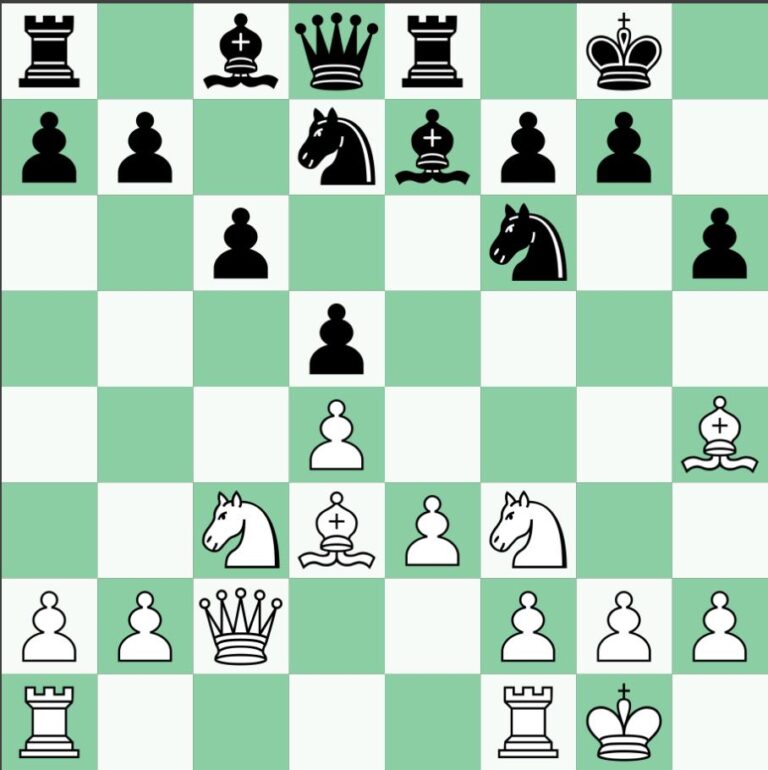Introduction
Isolated pawn chess is a chess strategy that involves creating or isolating a pawn from the rest of the pawns on the board. This strategy can be used both offensively and defensively, and it involves careful planning and execution. In this article, we will explore the various strategies for playing with or against an isolated pawn in chess.
Understanding Isolated Pawns
Before we delve into the strategies for playing with or against isolated pawns, it is important to understand what they are and how they are formed. In chess, pawns are the smallest and weakest pieces, but they play a crucial role in controlling the center of the board and creating positional advantages. When a pawn has no friendly pawns on adjacent files, it is considered isolated. This means that it is no longer protected by other pawns and can be easily targeted by the opponent.
Playing with Isolated Pawns
Creating an isolated pawn as part of a strategic plan can be a risky move, but it can also bring significant advantages if executed correctly. Here are some strategies for playing with isolated pawns:
One of the main advantages of an isolated pawn is that it allows for greater control of the center of the board. With no adjacent pawns to restrict its movement, the isolated pawn can advance and occupy key squares in the center. This can give the player more space to maneuver their pieces and put pressure on the opponent´s position.
Outpost squares are squares in enemy territory that are difficult to attack and can be used as strong defensive positions. An isolated pawn can be used to control these squares and make it difficult for the opponent to attack or invade on those squares. The isolated pawn can also serve as a barrier, preventing the opponent´s pieces from entering the player´s territory.
Isolated pawns can also be used to create attacking opportunities. By advancing an isolated pawn, the player can open up lines for their pieces to attack the opponent´s position. This can be especially effective if the isolated pawn is supported by other pieces, such as a rook or a bishop.
Playing against Isolated Pawns
On the other hand, playing against isolated pawns also requires a strategic approach. Here are some strategies for playing against isolated pawns:
An isolated pawn is considered a weakness in a player´s position, as it is not protected by other pawns and can be easily targeted. Therefore, the opponent should aim to put pressure on the isolated pawn and attack it with their pieces. This can force the player to divert their attention and resources to defend the isolated pawn, which may weaken their position as a whole.
Another strategy is to block the isolated pawn from advancing by placing a knight or a bishop in front of it. This will limit the pawn´s mobility and make it difficult for the player to use it to control the center or attack the opponent´s position. The blockade piece can also be used to attack other pieces or create threats in the opponent´s camp.
In some cases, it may be beneficial for the opponent to trade pieces, especially bishops, to weaken the isolated pawn. Bishops are strong attacking pieces and can be particularly effective against an isolated pawn. Trading off these pieces can reduce the potential of the isolated pawn and make it easier for the opponent to control and eventually capture it.
Conclusion
Playing with or against isolated pawns requires a good understanding of their strengths and weaknesses and a well-thought-out strategy. For players, creating an isolated pawn can bring control over the center and attacking opportunities, while properly defending against an isolated pawn can weaken the opponent´s position and create chances for counterplay. Isolated pawn chess adds another layer of complexity to the game and is a testament to the strategic nature of chess. With these strategies in mind, players can take advantage of, or defend against, isolated pawns and increase their chances of winning the game.







